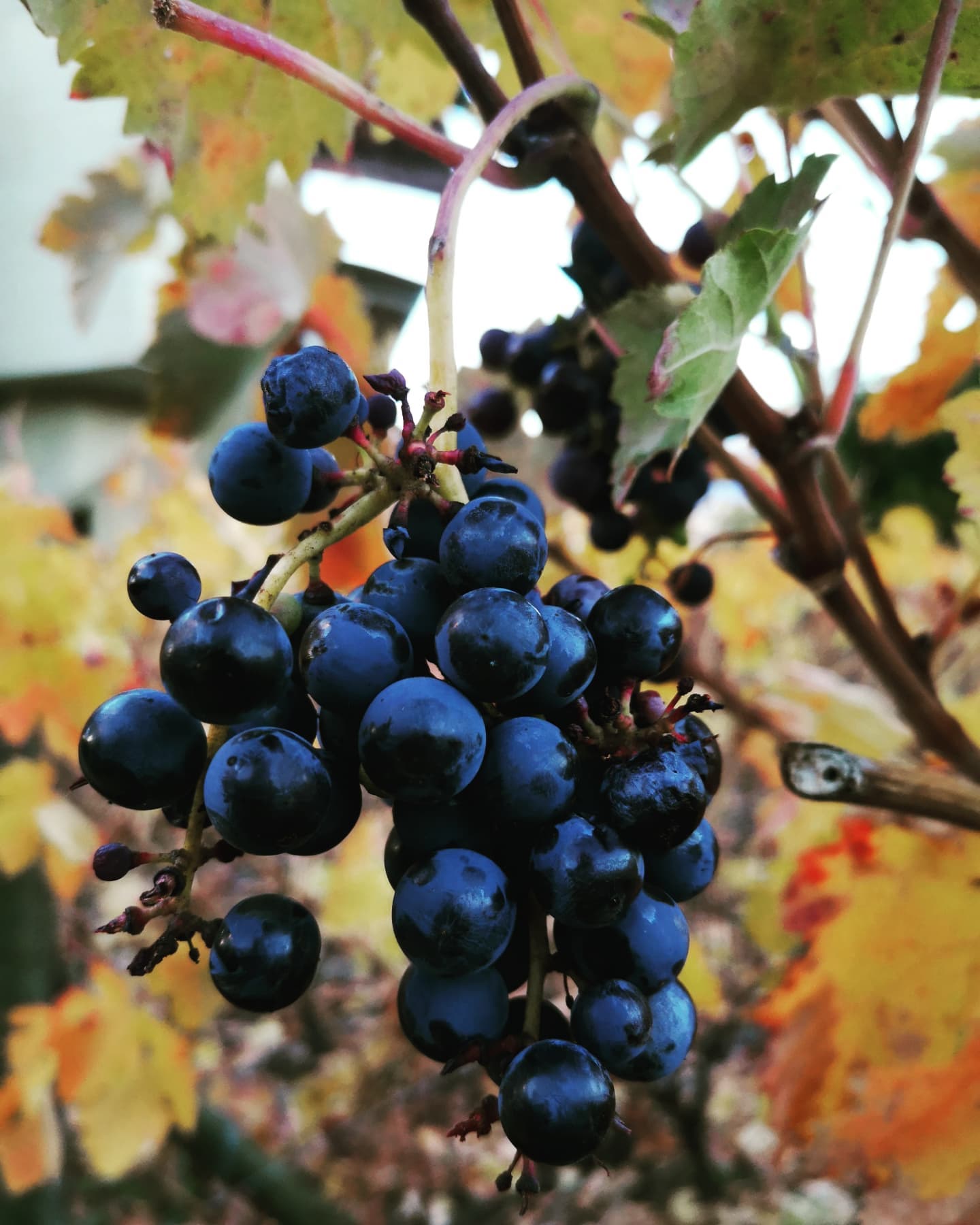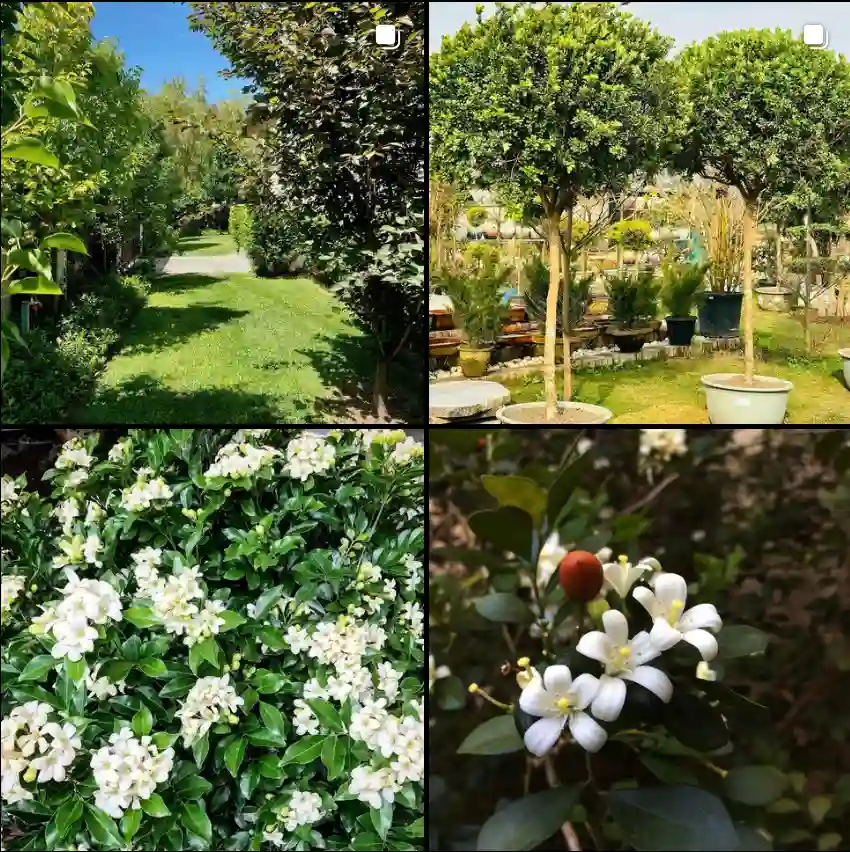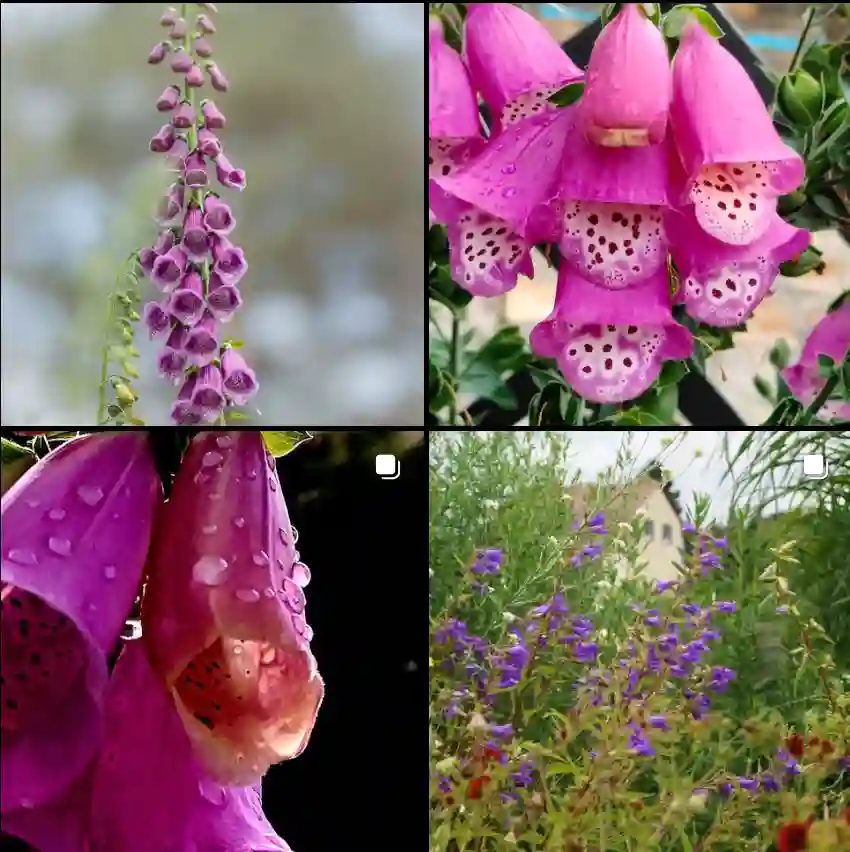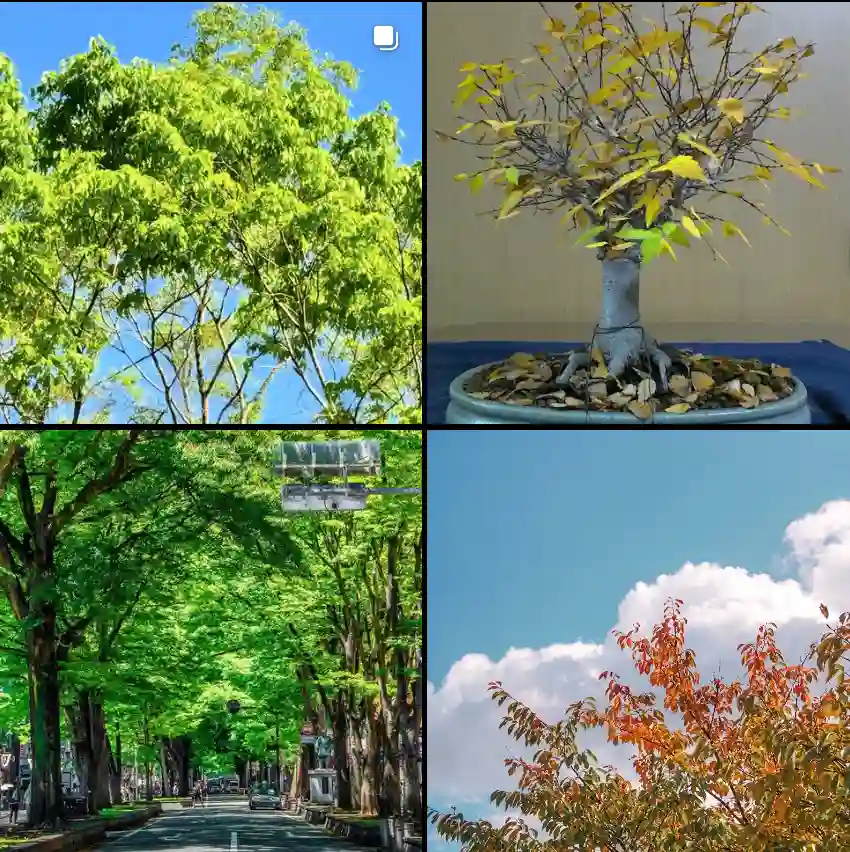FAQs About Artemisia Filifolia: What You Need to Know
As an enthusiast of unique plants, I’ve often been asked about Artemisia Filifolia, a species that’s both fascinating and somewhat misunderstood. This plant, commonly known as Threadleaf Sage, is a staple in arid and semi-arid landscapes due to its resilience and distinct appearance. Here’s a comprehensive guide to help you understand and care for Artemisia Filifolia.
508 Species in Genus Artemisia
What Is Artemisia Filifolia?
Artemisia Filifolia, also known as Threadleaf Sage or Filifolia Sagebrush, is a perennial shrub native to the southwestern United States and northern Mexico. It belongs to the Asteraceae family and is renowned for its finely divided, needle-like leaves which give it a delicate, feathery appearance. This plant thrives in dry, sandy soils and is an excellent choice for xeriscaping.
How to Care for Artemisia Filifolia?
Caring for Artemisia Filifolia is relatively straightforward, particularly if you understand its natural habitat. Here are some key care tips:
- Light: Artemisia Filifolia prefers full sun. Aim for at least six hours of direct sunlight per day. This helps the plant maintain its compact, dense growth.
- Soil: It thrives in well-draining soil. Sandy or gravelly soils are ideal, as they prevent root rot and other issues associated with excess moisture. If your soil is clay-heavy, consider amending it with sand or gravel.
- Watering: This plant is drought-tolerant and requires minimal watering once established. Water it deeply but infrequently. Overwatering can lead to root rot, so it’s best to let the soil dry out between waterings.
- Temperature: Artemisia Filifolia is hardy in USDA zones 6 to 10. It can withstand both hot, dry conditions and cooler temperatures, but it’s best to provide some protection in areas prone to extreme cold.
- Pruning: Light pruning can help maintain its shape and remove any dead or damaged stems. This is typically done in late winter or early spring before new growth begins.
How to Propagate Artemisia Filifolia?
Propagating Artemisia Filifolia is relatively simple and can be done through seeds or cuttings:
- Seeds: Start seeds indoors about 6 to 8 weeks before the last frost. Use a well-draining seed mix and keep the soil moist but not soggy. Once seedlings are large enough to handle, transplant them into larger pots or directly into the garden.
- Cuttings: Take semi-hardwood cuttings in late summer. Dip the cut ends in rooting hormone and plant them in a pot with a mix of sand and peat. Keep the cuttings in a warm, bright location and maintain moisture until roots develop.
What to Plant With Artemisia Filifolia?
Artemisia Filifolia pairs well with various drought-tolerant plants and complements both ornamental and functional garden designs:
- Succulents: Plants like Agave or Sedum work well with Threadleaf Sage, creating a desert-themed garden.
- Grasses: Native grasses such as Blue Grama or Muhly Grass provide a textural contrast and enhance the arid landscape.
- Other Shrubs: Combine it with other sage species or low-growing shrubs like Yucca to create a layered, visually appealing garden bed.
Is Artemisia Filifolia Toxic?
Artemisia Filifolia is not known to be toxic to humans or pets. However, as with many plants, it’s always a good practice to prevent ingestion by curious pets or children. If ingested in large quantities, it might cause mild gastrointestinal discomfort, but such cases are rare.
Benefits of Artemisia Filifolia
Artemisia Filifolia offers several benefits:
- Drought Tolerance: Its ability to withstand dry conditions makes it ideal for xeriscaping and low-water gardens.
- Low Maintenance: Minimal watering and pruning make it a low-maintenance choice for busy gardeners.
- Aesthetic Appeal: Its unique, thread-like foliage adds a delicate texture and silvery-green color to the garden.
Common Problems with Artemisia Filifolia
While Artemisia Filifolia is generally robust, it can face some issues:
- Overwatering: This is the most common problem. Ensure proper drainage and avoid frequent watering to prevent root rot.
- Pests: While not overly prone to pests, it can occasionally attract aphids or spider mites. Regular inspection and appropriate treatment can manage these issues.
How Does Artemisia Filifolia Compare to Similar Plants?
Artemisia Filifolia is often confused with other Artemisia species like Artemisia absinthium (Wormwood) or Artemisia tridentata (Big Sagebrush). Here’s how it differs:
- Artemisia Absinthe: Known for its medicinal properties and strong scent, it has broader leaves compared to the fine, thread-like leaves of Filifolia.
- Artemisia Tridentata: This species is larger and more robust, suited for more significant spaces compared to the smaller, more delicate Filifolia.
In summary, Artemisia Filifolia is a fantastic plant for adding texture and resilience to your garden. With its drought tolerance and low maintenance requirements, it’s a perfect choice for creating a beautiful and sustainable landscape. Whether you’re an experienced gardener or just starting, Threadleaf Sage offers both practical and aesthetic advantages.
If i die, water my plants!



